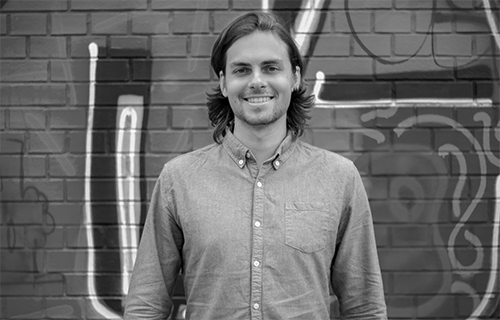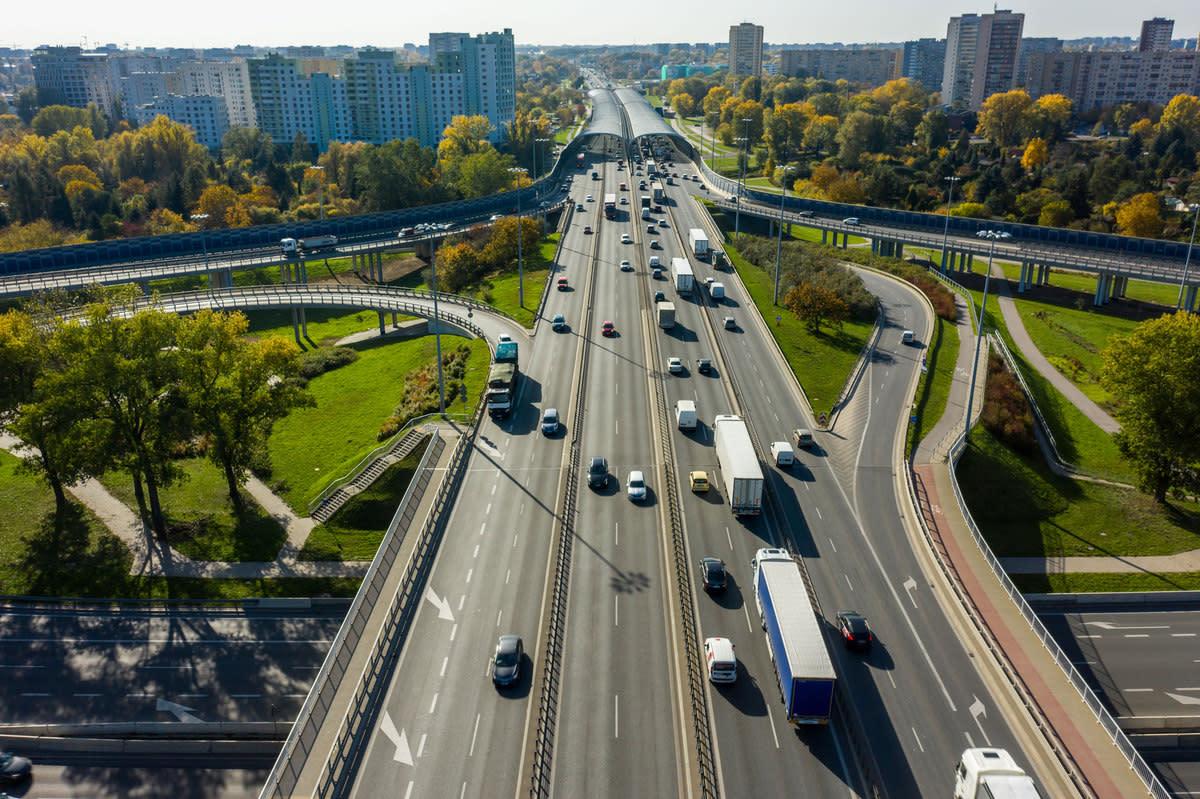Interview with Mobility Expert Albert Vogl-Bader, Carployee
As CEO and Co-Founder of Carployee, Albert drives sustainable commuter mobility in the current Mobility-as-a-Service trend. Based on data-generated predictive mobility models and commuting scenarios, the goal is the formation of efficient mobility behaviour through the interaction of technology and sustainability. Read the full interview to learn more about Abert’s take on partnerships, data, and how the Covid-19 crisis leads to behavioural changes that were hard to enforce before.
Looking at the urban mobility landscape around us, which problem is Carployee tackling and how?
66% of all employees in the EU are commuting to work by car and 9 out of 10 are driving alone. Since the Covid-19 breakout, the occupancy rate has declined even further (of course, home office is one of many reasons). Our environment suffers from this situation, but also employees have to cope with high fuel costs and stress. On the other hand, companies experience high infrastructure costs and miss CSR activities in the area of sustainable behaviour. Existing shared mobility solutions like car-sharing are leading to less private mobility possession in urban areas but not reducing traffic significantly. Looking at cars, the main driver of efficiency is the occupancy rate. While car-sharing facilitates the - well of course - sharing of the car, with Carployee we are sharing the actual trip towards one specific location. We started by developing a B2B carpooling app which is used by corporates in the DACH area, mostly in rural and suburban areas. While carpooling is a good start, we strive for matching people on the same trip no matter which transportation modes they prefer to use. A change of habits can only be accomplished if mobility is combined with behavioural economics and measurable financial as well as environmental impact. We firmly believe this is the only way to create new mobility habits.
By using a combination of data collected by us, by the employers and public data we are able to generate predictive mobility models, simulating the optimum for individual, semi-global and fully global commuting scenarios.
What does the ideal future scenario of commuting look like for you?
When speaking about the future, we have a couple of different periods in mind. Until 2025, we expect a continuing strong shift towards home office for white collar workers and only about one to two days a week in the office. Commuting will be based on on-demand services, trimmed towards ideal office hours and sustainability metrics. Mobility will become even more interdisciplinary with active mobility as a vital measure for better health and fitness. As the climate crisis worsens, regulations and commitment towards sustainability will increase beyond metrics; taxes and stricter regulations will play an important part.
Beyond that, it is harder to predict the future, but I personally hope that Level-5 autonomous driving is awaiting us sooner than later. While I genuinely believe that autonomous driving will bring us much closer to a sustainable future, this step in technological improvement still relies on infrastructure which, by design, takes away green areas we could really need right now. Following this logic, if you look at market trends, I am certain that the future is airborne, and so are a lot of investors. Air taxis will make traditional highways obsolete but also pose a lot of new challenges.
Which role does data play in your business model?
A big one [laughing]! Currently, we are working on models that will help us and our customers to recognize their ideal commuting scenario. Using a combination of data collected by us, by the employers and public data we are able to generate predictive mobility models, simulating the optimum for individual, semi-global and fully global commuting scenarios.
At first, this seems like a rather easy task but information about weather, complex work time schedules and personal preferences create a problem that can only be solved by deploying meta-heuristics, which some would sell as artificial intelligence.
Together with researchers from the University of Salzburg we are tackling a lot of those challenges. Of course, we also use collected data points to evaluate impact and to sustain our business model, but I would rather not bore you with that.
Which conclusions about mobility behaviour and commuting habits of employees can be drawn from aggregated data? What trends do you observe?
To be honest, I am pretty certain that there are a lot of things that we are still missing, but in general we recognize a strong “never-change” mindset within commuters. As soon as people set on a form and a frequency of transportation, they stay with it forever until external factors, such as Covid-19, trigger a change. Observing current mobility behaviour is more interesting than ever as common patterns have been changing rapidly. For example, commuters are combining their daily commute with a fitness activity. Given infrastructural conditions at the employer's site, people are increasingly using their bicycles to get to work, even over longer distances. Moreover, the trend of mobility sufficiency is something we are currently really focused on. We no longer only focus on how a trip is done, but already start before that and ask the question if a trip has to be done. A difficult question to answer, but definitely the right one to ask.
What’s the biggest challenge Carployee is facing at the moment?
Our initial business model highly depends on active commuters using carployee. The impact of Covid-19 leads to social distancing and an increase in home office work, and therefore less carpooling. Nevertheless, our current effort in changing mobility habits of employees can benefit from this situation. Such events break up habits and lead to behavioural changes - which is our goal. Using this crisis as a chance is what we are fully committed to.
What role do you think partnerships play in smart mobility ecosystems and which ones are you looking to establish?
Partnerships and networks are the breeding ground for smart mobility ecosystems. Mobility providers, providers of apps for user interaction, and infrastructure operators must work together at eye level to offer user-friendly solutions. In our case, interdisciplinary combinations are important in addition to the partnerships described above. These are, for example, networks with employers, environmental agencies for impact measurability, and energy providers. It is important that all partners set the same goal and work in a customer-oriented manner - only then the often-cited mobility transformation is possible.
Mobility is not only business; it is also about us as a society. What changes are needed most in order to drive a sustainable development of urban mobility?
Changing existing mobility habits is the most important aspect. The question of how we change these habits is not fully answered yet. We are definitely working on it and rely on a mix of intrinsic and extrinsic motivators. In addition, there are other factors:
- the prediction of the best possible mobility in the context of cost, time and environment
- the simplicity, usability and convenience of using Mobility-as-a-Service
- the further development of individual modes of transportation
- fiscal adjustments to mobility.
About Albert Vogl-Bader

Albert Vogl-Bader is CEO and Co-Founder of Carployee and drives sustainable commuter mobility in the current Mobility-as-a-Service trend. His ultimate goal is the formation of efficient mobility behaviour through the interaction of technology and sustainability. As a young entrepreneur, he has been successfully building tech companies with his team for over 5 years. In addition to Carployee, he also founded the software company vendevio. With more than 25 ambitious team members and well-known partners, the focus is making the future more efficient with new technologies.
About Carployee
Carployee wants to create an innovative change in the commuting behaviour of the future. Our vision is to build healthy, efficient and environmentally friendly mobility habits for employees. It all started in 2018 with a corporate carpooling app for the daily commute to work. We raise the number of passengers per car by matching colleagues with similar trips to their workplace. Our three main drivers define the future of employee mobility: Superior technology by fulfilling the technical requirements for intermodal matchings, behavioral economics in the form of a benefit-system that motivates the usage on a daily basis, and the guarantee of a measurable added value for all stakeholders.
To learn more about our mobility approach, check out our mobility page and find more interesting interviews with experts from the mobility industry below.
 Nico FirusInnovation Consultant
Nico FirusInnovation Consultant





